If you are around online forums, social media, and fitness blogs, you may have heard this: “Yeah, who doesn’t need a heavier press, huh?”
Many of you are worried about not being able to press your snatch bell with confidence. How then will you sustain sessions with double bells? There are many, many things one can say and do to help fix your weakness. I will attempt to cover as many as I can before I fall asleep.
1. Fix Your Restrictions
In many, if not most cases the press weakness is secondary to a poor shoulder position/stability that itself may be secondary to:
- Tight neck
- Tight T-spine
- Poor shoulder complex mechanics for any reason, including tight lats and pecs
So, you need a good diagnostic assessment, therapy to fix pain or tightness, and continued strength training. In short, you need a good coach. Note: Listen to what your assessment tells you — some people are simply not best suited to an overhead press.
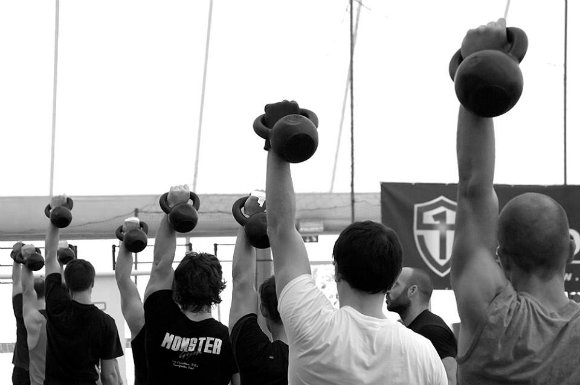 2. Fix Your Press Pattern
2. Fix Your Press Pattern
You should be pressing the bell the correct way: forearms vertical, elbows down, wrists neutral, and with a solid upright plank in place. Most newbies tend to press the bell in a forward plane. This is not correct, and it should also be noted that the press groove in a barbell military press and a bench press are different from a kettlebell military press.
The bell is pressed up and back, and at the top, you lock out while moving the chest forward. Doing bottoms-up presses and get-ups will help you get this. You can also play around with waiter’s presses (open palm on bell belly).
3. Fix Your Weakness
When you do a full press session, amounting to say 100 reps in 45 minutes with a snatch bell, you will realize where your press is likely weak. Typically, it is one of these areas:
- Motor control: You must be able to continue maintaining your press form even as you are getting tired — fatigue management
- Weak trunk musculature (obliques)— You are typically unable to plank strongly as the bell locks out; pull your kneecaps up harder, son!
- Weak glutes
- Weak triceps
- Poor conditioning
All these weak areas may be addressed by doing more swings and get-ups. Simple & Sinister, anybody?
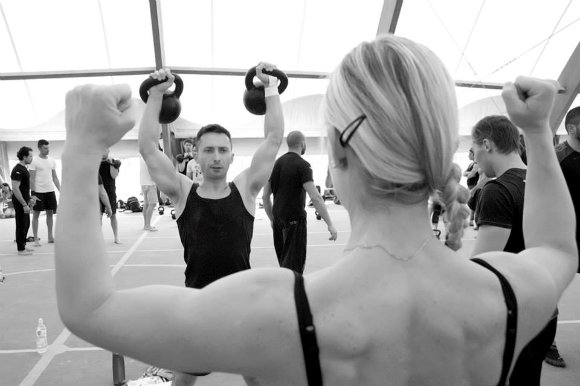 More Suggestions for Getting a Bigger Press
More Suggestions for Getting a Bigger Press
If all the above don’t really apply to you much, and you still need to get stronger at the press, then specific press programs will help you greatly. The basic premise of any successful press program will be: “to press a lot, you have to press a lot!”
My basic methodology for someone who doesn’t need much help in pressing mechanics is two-fold:
- Get them to press more, at least three times a week, and cycle the volume, density or intensity.
- Get them used to a heavier bell, so the press bell feels easier. This kind of neural overloading for short bursts of time can help you break a weight barrier, of course within limits. For many people, neural drive recruitment will do good things to their lifts.
Here are some specific techniques you can play around with while using the bell you cannot press or your regular bell:
1. Take the bell you cannot press, put it up overhead anyway you can (snatch, push press, jerk press with assistance). Lockout hard. With full tension, bring the bell down an inch. Press it back. Bring it down two inches. Lock it out again. Three inches, four inches, and done. Change sides. Do this a few times. Don’t attempt to press that same bell now. Let it be for now. Another day, another week or month. Be patient.
2. Take an insanely heavy bell, clean and squat. That’s it. Just cleaning and squatting that bell will make you stronger at the base, where it counts.
3. Take your regular press bell and press while standing on the opposite leg. This teaches your body to get more juice out of the legs.
4. Put up the heavy bell and teach your body to stabilize with it. There are many ways you can do this:
- Hold for time
- Quarter squat and walk two steps sideways, back, and forward.
- Practice T-spine extension — drive your chest forward so the arm is behind the ear.
- Do a lunge or two.
- Rotate your body on either side a few times, breathing all the time.
- Windmill, but be careful. Better to start with lighter weights if you haven’t already done so. Maybe just touch your bent elbow to the knee, rather than try to get all the way down with a heavy bell.
5. Do overhead walks for time with a lighter bell and build on it. This builds shoulder endurance (especially for the rotator cuff muscles). Typically, go to a park and walk for 50 to 100 meters. At your Certification, I will see you do it at the grad workout, so get to work!
6. Press in half kneeling stance, on the side of your front leg.
7. Incorporate variety: press bottom-up, two bells in two hands, two bells in one hand, one bell bottom-up stacked on the other (go very light, and don’t get a fractured toe). But, remember, these are only for your play day, when you don’t have serious training.
8. Take an unconventional powerlifting approach. Get very strong by doing a powerlifting cycle on the bench, deadlift, squat, and military press. There are hundreds of templates. Master SFG Reifkind wrote a highly-regarded article on using the Westside template to get a heavier press.
9. Take a bodyweight/isometric approach. Read Aleks Salkin’s post on pressing heavier with handstand work.
10. Build mass. For some people, simply putting more mass may be the need of the hour. Men, who are in the wrong autumns of their lives, don’t blink if you need to be doing some high volume complex that hits your arms, shoulder, and upper back. There are many templates available, including several by Geoff Neupert, SFG II.
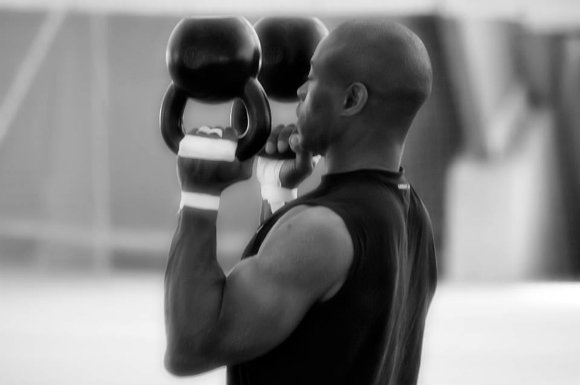 How to Build Your Press if You Have a Shoulder Injury
How to Build Your Press if You Have a Shoulder Injury
- Get medically cleared. This means you are not looking at surgery, and you just need to wait it out and rehab.
- Do specific shoulder rehab, as appropriate.
- Use bottom-up presses. One of my students who had bicipital tendinosis and shoulder pain and stiffness and was unable to get even a single 16kg press did bottom-up presses with the 12kg on an Easy Strength template, and banged out easy 16kg presses in a month.
- Stick to get-ups.
- Use the landmine press. Use a barbell and stick one end in the corner of the walls, and press in half-kneel and other positions. Great fun for people who are otherwise written off overhead loading.
- Use bands for presses.
- Get your lower body and trunk really strong in the meanwhile with the usual stuff (squats, deadlifts, etc.).
- Backward crawl. It is a great triceps builder.
There’s a lot in there for you to assimilate and implement. That said, this was by no means the be-all-and-end-all press article. It just encapsulates my thoughts and strategies for the most part, much of it learned from the SFG Masters and Pavel.
As always, focus on technique and stay tight!
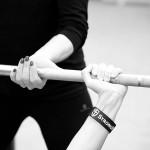
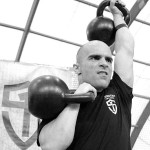
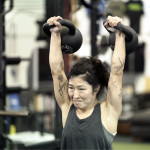


Some really interesting advice.
I have a bell I have never been able to strictly press. I don’t even think it’s the weight that’s holding me back, I think instead i have developed some kind of mental block with that particular bell.
I shall definitiely begin to incorporate some of the above drills to try and smash that wall I’ve created!
Thanks doc will definitely follow.
Thanks, gentlemen!
Thank you, Doc.
This is an excellent article.
Great information packed article. So many options!
Cheers Doc. You rock (y)
Great article, Doc! You hit so many good points; this is about as air-tight as an article can get when it comes to truly perfecting a movement. And on a side note, I appreciate the mention 🙂
Look forward to meeting you one day soon.
– Aleks
This is a fantastic set of tips and timely for me! Thanks Rambodoc!